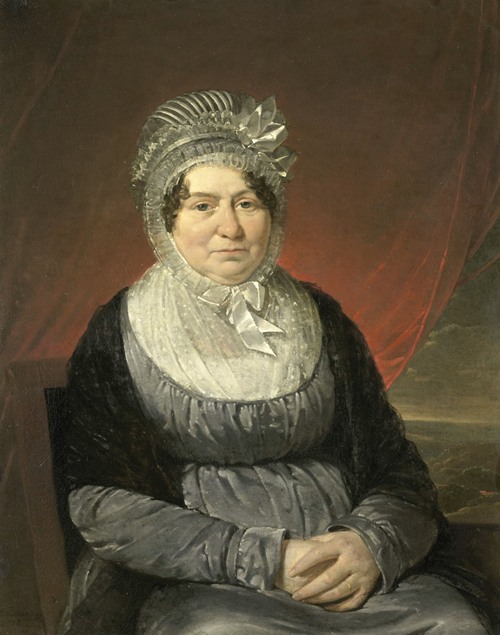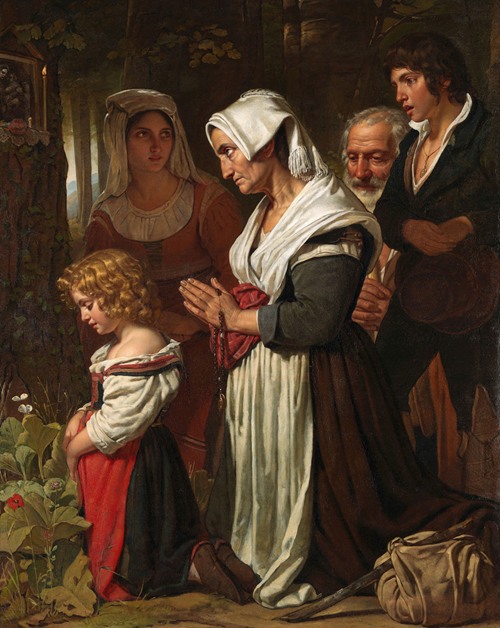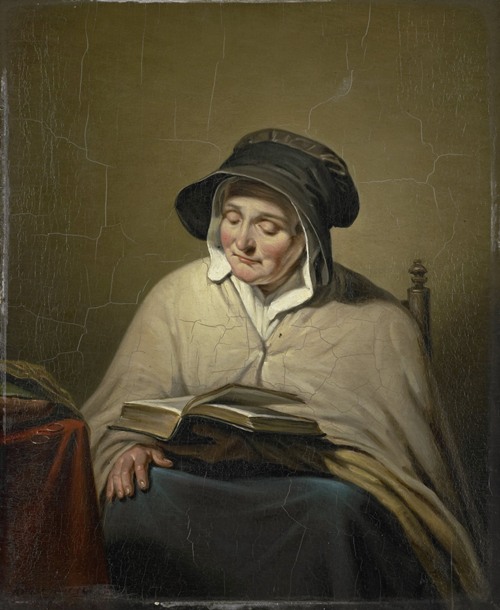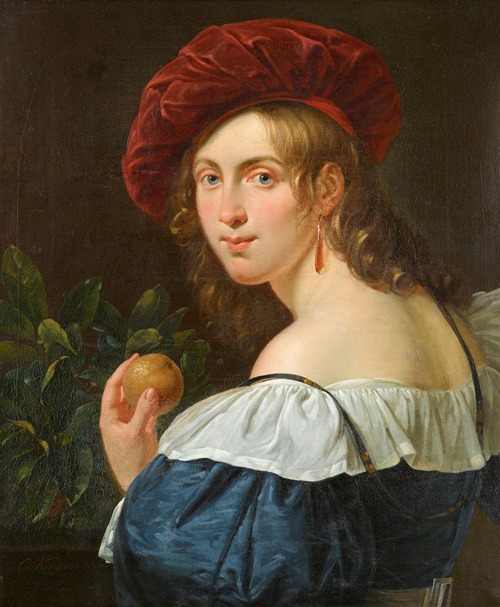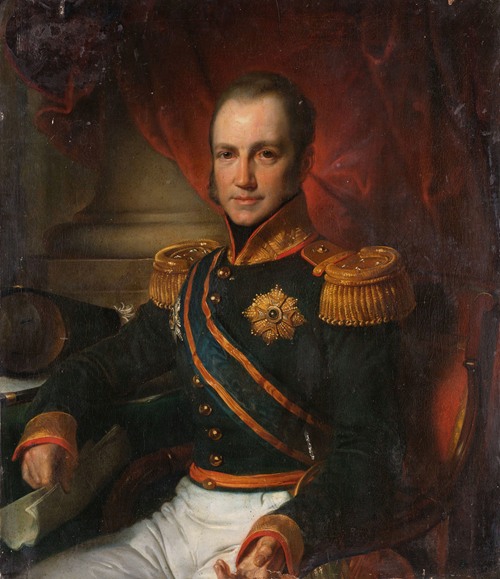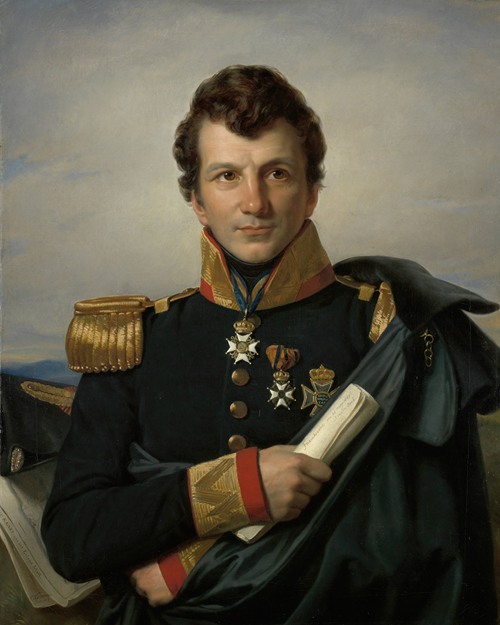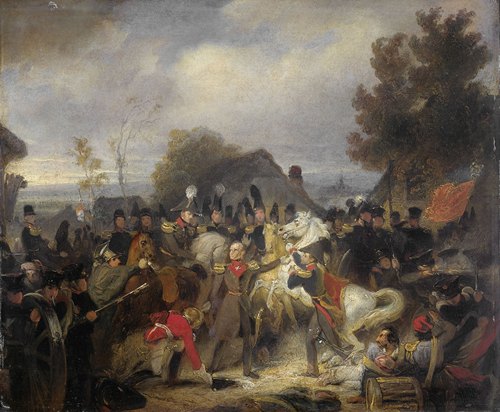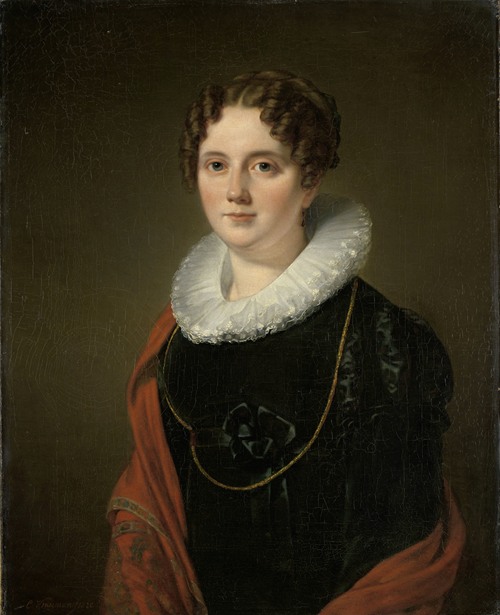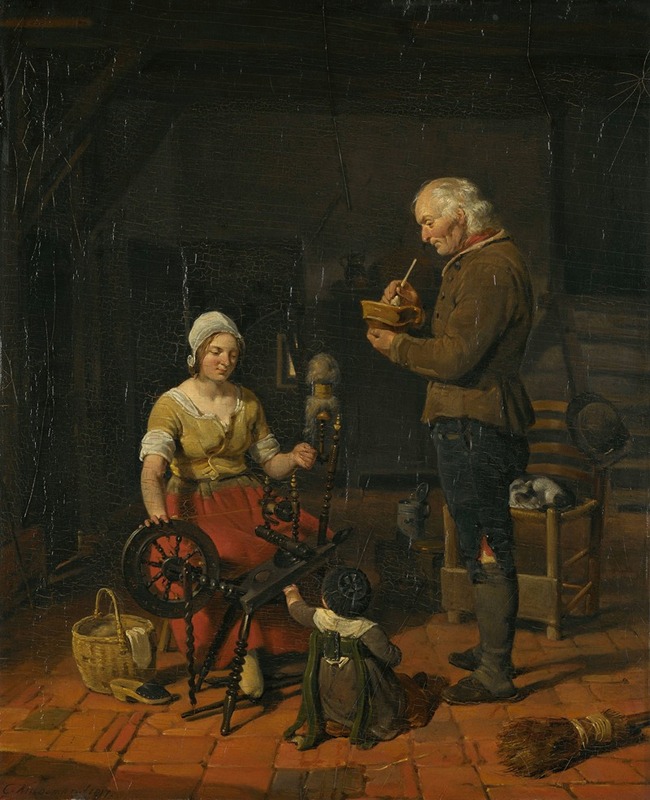

Cornelis Kruseman was a Dutch painter, draughtsman, etcher, lithographer, silhouettist, paper-cut artist, and art collector. His works included portraits, biblical scenes, and depictions of Italian peasant life.
Cornelis Kruseman was born on 25 September 1797 in Amsterdam in the Batavian Republic (the present-day Netherlands) as the son of Alexander Hendrik Kruseman (1765–1829) and Cornelia Bötger. From the age of fourteen Cornelis Kruseman attended the Amsterdamse Tekenacademie and received tuition from Charles Howard Hodges (1764–1837) and Jean Augustin Daiwaille (1786–1850), as well as Petrus Antonius Ravelli (1788–1861).
Kruseman continued to live in Amsterdam until he travelled to Paris and Italy in 1821. He remained in Italy for four years, working with and learning from artists Jean-Victor Schnetz and Louis Léopold Robert. In 1825, after his return to the Netherlands, he settled in The Hague. In 1826 he published a travel account of his journey to Italy, entitled Aanteekeningen van C. Kruseman, betrekkelijk deszelfs kunstreis en verblijf in Italië.
On 3 October 1832 he married Henriette Angelique Meijer. In 1841 he left for Italy again, and remained there until 1848. Thus he is also called the "Italian Kruseman". From 1847 to 1854 he lived in The Hague, and after that in Lisse until his death.
Kruseman died at the age of 60 on 14 November 1857 in Lisse.
Some of his many students included his second cousin Jan Adam Kruseman (1804–1862), Herman Frederik Carel ten Kate (1822–1891), Adrianus Johannes Ehnle and Raden Saleh.
More Artworks by Cornelis Kruseman

